Among influential Iranian women, the name of Roshanak Nodoost is cited as one of the leftist pioneers of Iran’s feminist movement. As leftist politics gained ground in Iran she became well-known and found more supporters.
Roshanak was born in 1898 in the city of Rasht in the northern province of Gilan. His father was Haj Seyyed Hasan Tabib, also known as Agha Mir, an intellectual physician who studied medicine in Istanbul. She received her basic education under the tutelage of her father who taught her literature and French. Then, when she became a teenager, she studied literature, Arabic and mathematics with Mirza Hassan Sadr, a polymath clergyman. Roshanak also became fluent in Russian.
The “Women’s Welfare” School
Her childhood and adolescence coincided with Iran’s Constitutional Revolution that started in 1905. The revolution had a great impact on the lives of Iranian women. One of the changes that it triggered was the opening of schools for girls, though this was not easily accomplished.
When Roshanak Nodoost heard about these new schools, she decided to create one in her native town of Rasht. In 1917, when she was only 23, she opened a girls’ school with four grades at her own expense. She named the school Saadat Nesvan (Women’s Welfare) and encouraged the students to learn about life outside of their immediate surroundings, and to push for progress in their own lives. "You, my daughters! What will separate you from the orange seller on the street is your knowledge,” she told the students, stressing that being a nice, hard-working person was important, but not enough to ensure a good life. “A nice and self-sacrificing mother without knowledge is not enough,” she said.
In the same year, of course, came the October 1917 Revolution in Russia which sent shockwaves around the world, especially in neighboring countries. The first congress of the Communist Party of Iran was held in 1920 in the Caspian port city of Bandar Anzali, and it inspired a number of women in that region to create an association for women with socialist and communist leanings. They adopted the name of Roshanak’s school for the association, calling it Peyk-e Saadat Nesvan (Women’s Welfare Messenger). The founders of this association included Roshanak Nodoost, Jamileh Sadighi, Sakineh Shabrang and Uranus Paryab. Shortly after the association was founded, it published a magazine by the same name as the association itself. The first communist magazine for women in Iran had Roshanak as its publisher.
Roshanak’s editorial for the first issue of Peyk-e Saadat Nesvan reads: "At a time when the obstacles of misfortune and thousands of other adverse factors have hindered women's progress, when the social principles of all the silent and backward nations are taking on a new modern face, and finally as Iran has woken up from its slumber...with the catastrophic situation regarding women's lives and education, we too do not see it as appropriate to remain silent. So we are picking up our pens to show the causes and the roots of misery and to demand a fundamental change."
The magazine was distributed across the country. The association also set up classes for adult women to raise their awareness. It also founded a library and a reading room in Rasht which was also used for delivering speeches, staging plays and organizing other cultural events.
In 1921, for the first time in Iran, Peyk-e Saadat Nesvan celebrated International Women’s Day in Bandar Anzali. The following year on March 8, the association celebrated International Women’s Day in Rasht. On March 8 of 1927, Women's Awakening Organization marked the day by staging the play The Victim Girl by Iranian political writer Mirzadeh Eshghi, a defender of women’s rights.
Modesty Without Hijab
Roshanak Nodoost spent most of her time and financial resources on educating women. She was not religious and was more of a socialist. She spent most of her time in the school she had founded. She was against hijab and, although she always wore a headscarf because she did not like her own hair, she never allowed the students to wear a head covering inside the school.
Roshanak emphasized the importance of modesty and decency when it came to students’ clothing choices and manners. She regularly inspected their nails to ensure they were kept tidy and were not too long, and she did not approve of short skirts. Both students and teachers were required to wear a uniform at her school.
Even though Roshanak considered herself to be a socialist rather than a religious person, the school taught religious studies and employed Muslim, Christian and Baha’i teachers. At the time, Rasht was a relatively liberal city and this gave her more freedom in running her school the way she wanted.
Little is known about Roshanak's private life. Some accounts say she was married for a short time, although it remains unknown whether her husband died or the couple divorced. She remained single most of her life and never had children, but she was the guardian for two of her father's youngest children, Hedayatollah and Muluk. The latter lived with her throughout her life and taught at her school, acting as her deputy.
Politics was very important to Roshanak. The government of nationalist Mohammad Mossadegh (1951-53), who nationalized the Iranian oil industry and tried to make Iran more independent and self-sufficient, issued bonds to help its finances, and Saadat Nesvan school sold more national bonds than any other school in Rasht.
Roshanak suffered from various illnesses and, in the spring of 1959, she traveled to Tehran for treatment, accompanied by her sister Moluk and her sister’s children. But treatments did not work. She died in hospital and was buried in Ibn Babvieh Cemetery in the town of Rey, south of Tehran.
Her school continued its work until the 1979 Islamic Revolution. After that it remained open but its name was changed to Esmat (Chastity) despite objections by the people of Rasht who wanted to keep the memory of Roshanak Nodoost and her accomplishments alive.
visit the accountability section
In this section of Iran Wire, you can contact the officials and launch your campaign for various problems















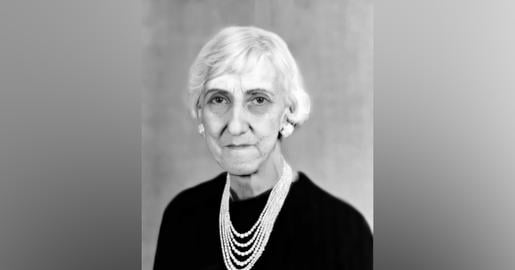


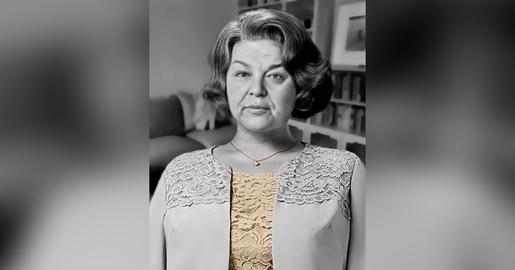
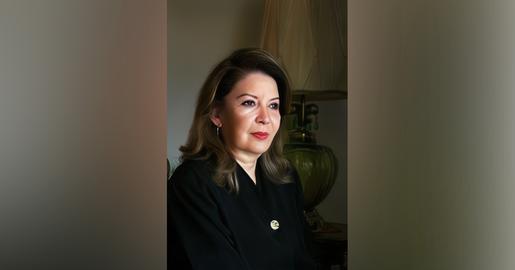

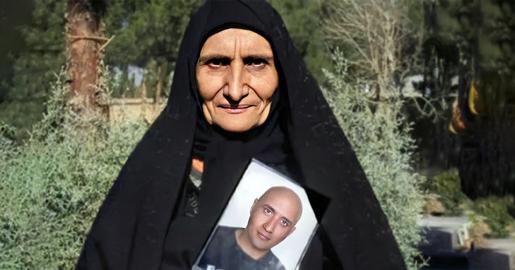

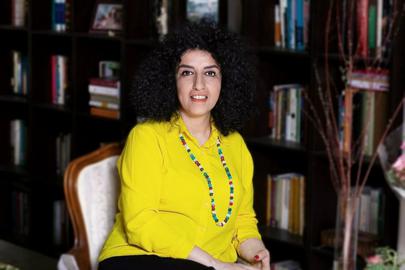

comments